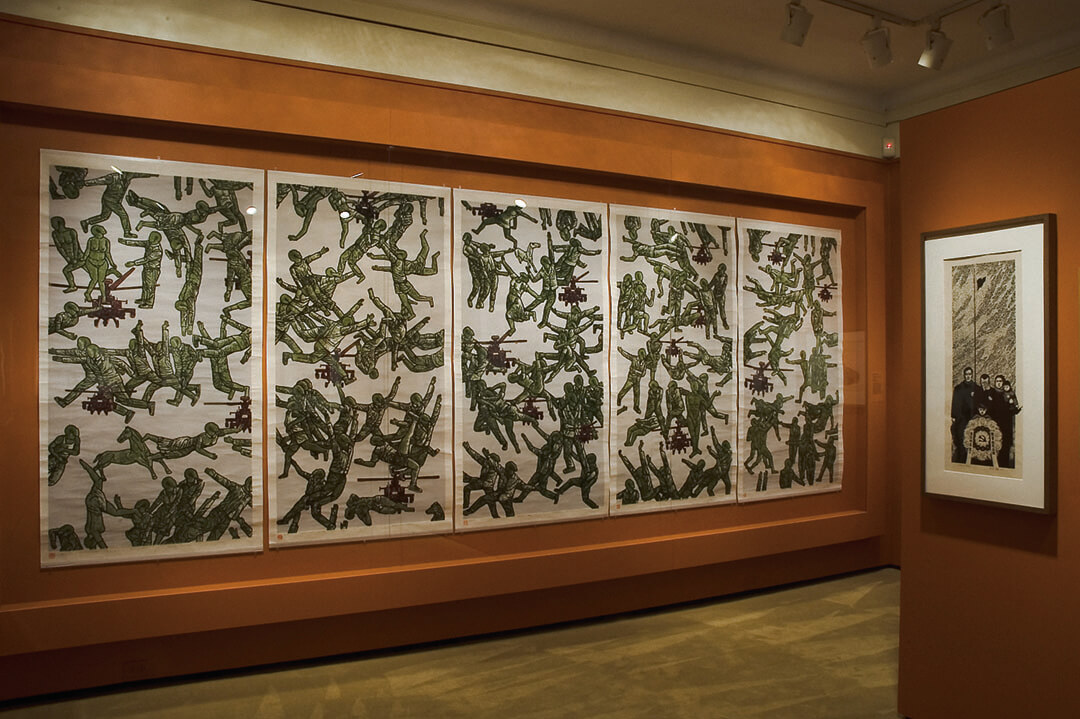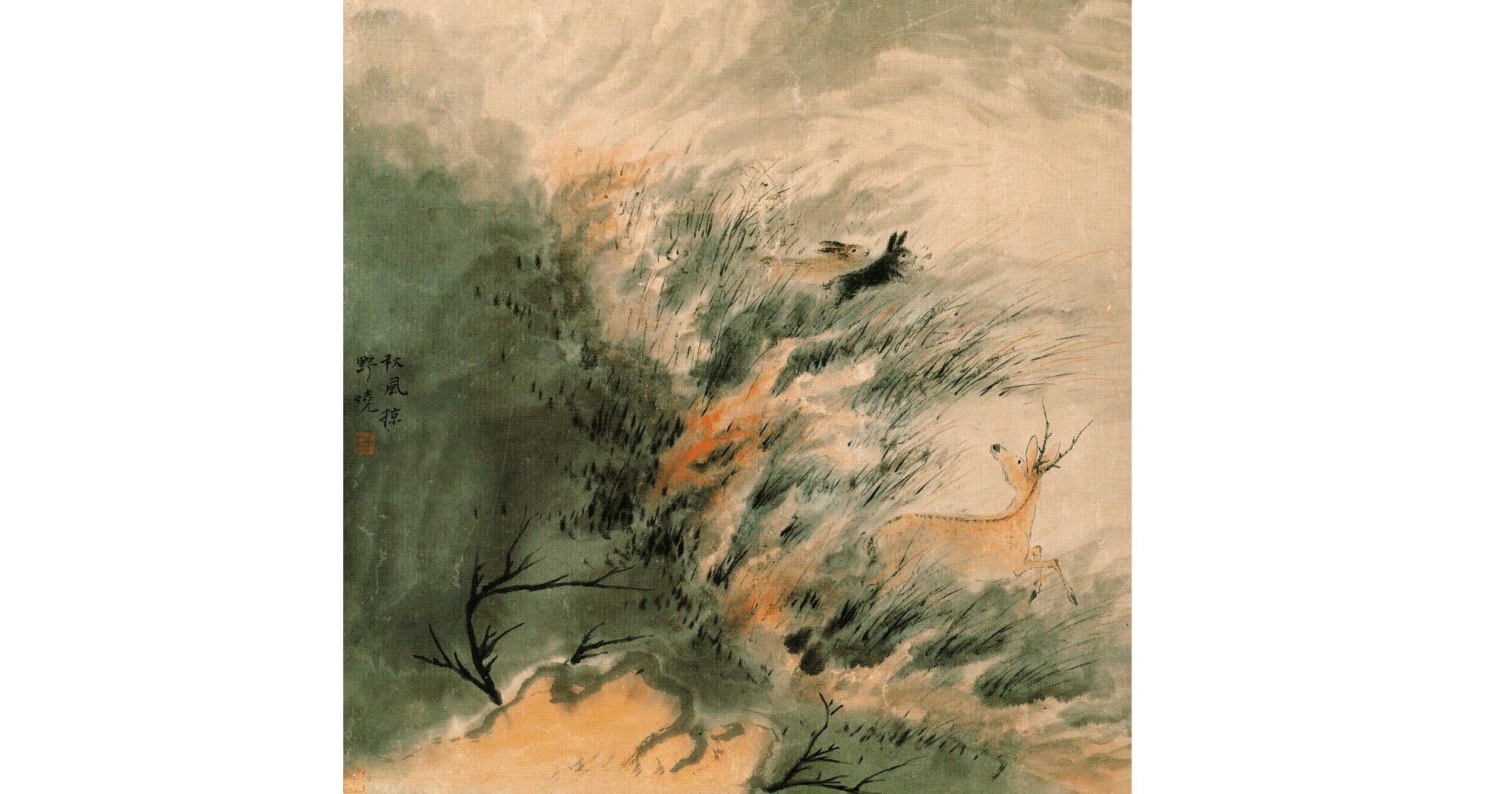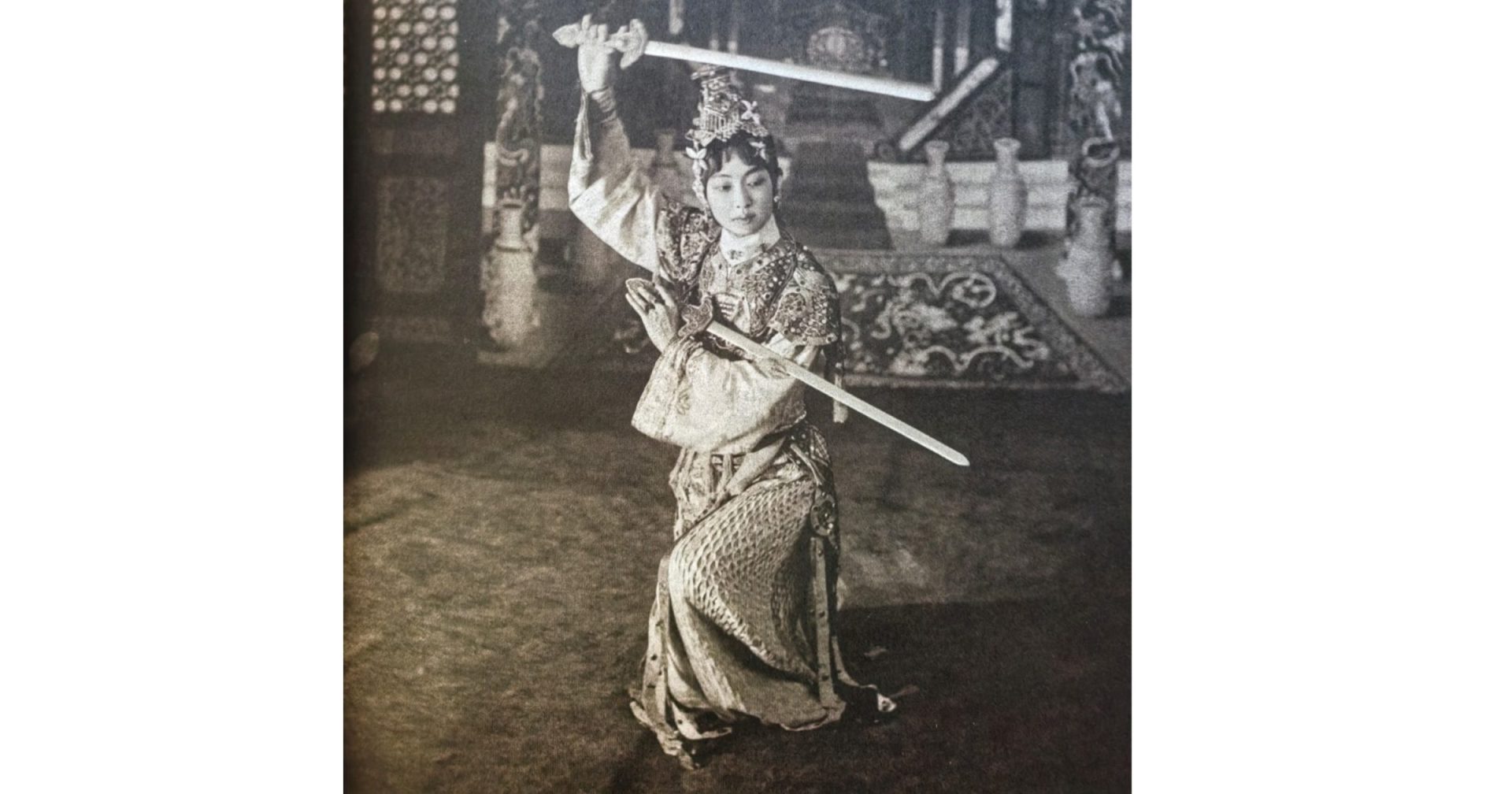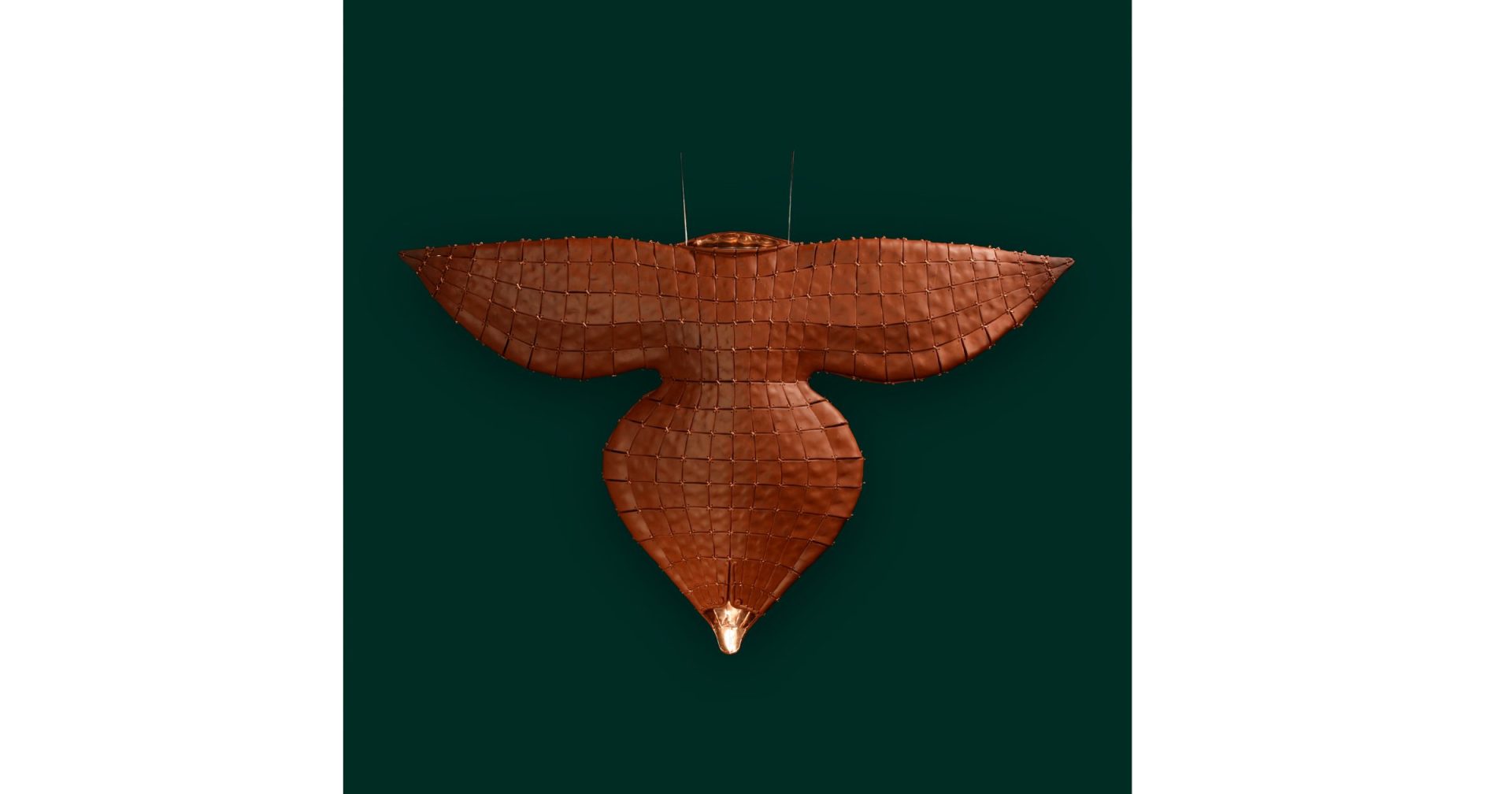Although China has a long history of woodcuts and printing, Chinese artists adapted the Western woodcut and oil-based printing technique in the early twentieth century in order to search for a simplified pictorial language that could resonate with the illiterate masses. This movement initiated the development of Chinese Communist art and also set the stage for modern Chinese art in a general sense. While past scholarly publications and survey exhibitions familiarized wider audiences with aspects of the modern Chinese woodcut movement, this exhibition, which featured sixty-eight pieces, presented a comprehensive overview of the beginnings and the development of this important art form during the modern period of Chinese history from the 1930s to the present.
This exhibition is made possible through the generous support from the China Institute Friends of the Gallery.



